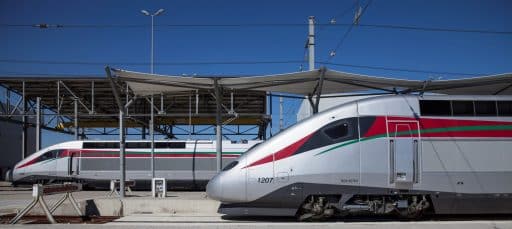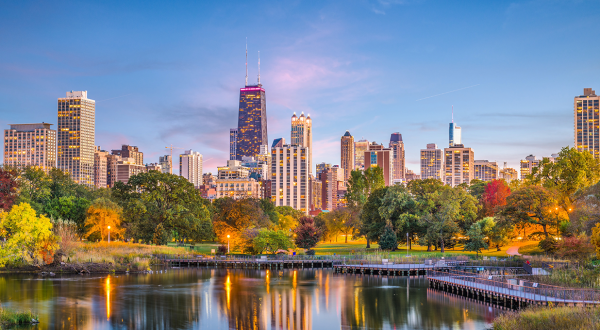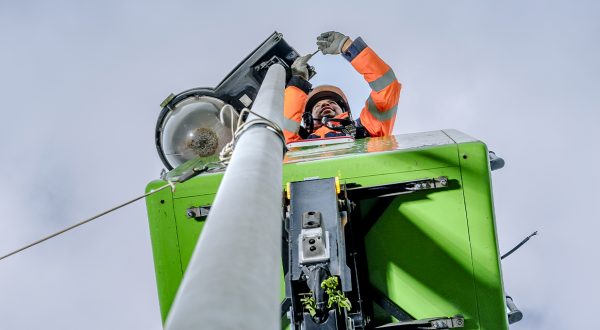Transport: Morocco’s high-speed modernisation
Reading time: 3 min
To keep pace with rapid urbanisation, Morocco is actively expanding its public transport system, including the flagship Tangier-Casablanca high-speed rail line.

Morocco, standing astride Europe and Africa, has been stepping up expansion of its infrastructure for the past several years. The economic and demographic goals are important. The proportion of the population living in cities increased from 55.1% in 2004 to 60.3% in 2014, and the urban population currently stands at 20.4 million (up from 16.4 million ten years earlier), with the rural population at 13.4 million.
This move to the cities has concentrated the population along the coast and around seven large cities (Casablanca, Fes, Tangier, Marrakech, Salé, Meknes, and Rabat), which account for a quarter of the kingdom’s people.
The ambitious Tangier-Casablanca high-speed rail project
Morocco, which has the continent’s second-largest motorway network after South Africa, has also undertaken to expand the public transport system to improve interurban connections and reduce traffic congestion.
The many projects currently underway include the urban transport network in Casablanca and the high-speed rail line between Tangier and Casablanca, unquestionably the kingdom’s most ambitious project.
Africa’s first high-speed train is to begin operating in the summer of 2018. The journey between Tangier and Rabat will be reduced from 3 hours and 45 minutes at present to 1 hour and 20 minutes (Casablanca: 4 hours 45 minutes cut to to 2 hours 10 minutes). The goal is to serve six million passengers per year.
The contract, between the SNCF for France and the ONCF (Office National des Chemins de Fer) for Morocco, was signed at the end of 2010. Alstom will manufacture the trains, Colas Rail Morocco and Egis Rail will build the HSL between Tangier and Kenitra, Thales-Huawei-Imet the telecommunications systems, and Engie Ineo and Ansaldo the signalling systems.
The electrification contract went to VINCI Energies subsidiaries VINCI Energies Morocco and Mobility. VINCI Energies also won the equipment contract (electrification, HVAC, plumbing, smoke extraction, etc.) for the Tangier and Kenitra stations, including a photovoltaic solar plant in Tangier.
A technical and human challenge
VINCI Energies Morocco project manager Mohammed El Makhfi and his team of around 10 staff and 30 workers coordinated closely with ONCF on the station project, which is set for completion in March of this year. “The challenge was to carry out the works without interrupting train traffic and to coordinate with the other members of the joint venture.”
“The challenge was to provide training for the customer to cover the major technological and commercial shift”
About 150 people worked on the electrification project, managed by Mobility, which is scheduled for technical commissioning in the summer of 2018. “With a 100% local workforce, the challenge was to adapt to a different cultural context, provide training for the customer to cover the major technological and commercial shift, and manage the many project contingencies caused by external factors,” says Mobility project manager Thibaut Catimel, who moved with his family to Morocco. The experience has been unique and instructive.
13/02/2018


